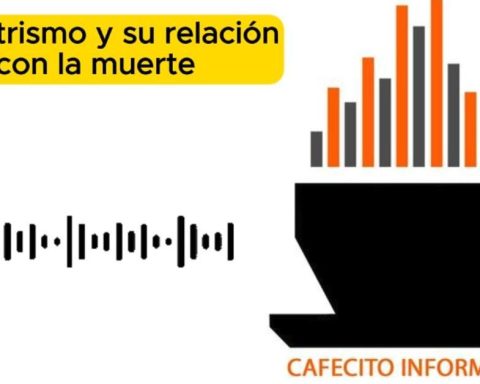Faced with a challenging economic year in the country, where inflation remains above 7% and interest rates have yet to stabilize—with the latest meeting of the Central Bank’s Board of Directors taking it to 10.75%—access to credit continues to be a crucial factor for the financial stability of millions of Colombians.
What is interesting in this context is that while the financial and solidarity sector shows a decrease in access to credit, Fintechs have emerged as an effective solution, especially in the area of low-value and short-term loans.
Read: How to end dependence on ‘drip by drip’ in the popular economy
This is demonstrated by a study carried out by TransUnion, presented together with uFlow during Colombia Tech Week in Bogotá with the support of Colombia Fintech, which indicates that, in the first quarter of 2024, Fintech companies experienced a growth in the granting of loans of more than 15%, while the financial sector and the solidarity sector decreased by 20%.
This growth in credit products by the Fintech sector has been especially seen in segments that have historically had less access, such as people with lower incomes and higher risk. In this way, the participation of these segments in the total of new short-term consumer loans in the Fintech sector increased in the last year, reaching 25% and 39%, respectively, being higher than that observed in the financial and solidarity sectors (16% and 15%, respectively).
“Additionally, the share of larger amounts also increased in free investment loans in Fintech companies in the last year, unlike what was observed in the financial and solidarity sector. This is something very positive for the industry, however, the challenge for entities is to identify consumers who are able to take on larger debts and manage them responsibly,” says Virginia Olivella, Senior Director of Research and Consulting at TransUnion.
Read: MeFBook, a new connection platform for women in Latin America’s fintech ecosystem
Regarding credit demand, the directors point out that traditional financial institutions remain leaders, with 75% of the market. This could be due, in part, to the variety of products they offer within their portfolio, such as mortgage loans, in addition to consumer and commercial loans. The Fintech segment’s share of total credit demand has remained constant at 16%, while the solidarity sector, which includes cooperatives, maintains 9% of the total.
Virginia Olivella, director of TransUnion.
Courtesy: TransUnion
The success of financial technology companies lies not only in their ability to serve sectors traditionally not covered by traditional financial institutions, but also in the implementation of advanced technologies that optimize their processes.
Mariano Sokal, Co-Founder and Director of uFlow, points out that, Within the financial world, decision engines have been key to, on the one hand, helping large companies stop supporting legacy systems, but instead seek to transform and improve their credit evaluation processes, allowing for greater speed, precision and personalization in decision-making, and above all, anticipating the changes required by the market.
Regarding Fintechs, which have the same needs as large financial institutions, but with low budgets, by adding agile decision engines -those that are web, cloud and NoCode unlike other on-premises systems-, they can compete and position themselves in the market, in this case, achieving a demonstrated growth in the granting of credits in Colombia.

uFlow
Courtesy
“Today, Fintechs are focused on improving their business models, user experience, products, and even their next investment in technology. That is why the technological future will be marked by outsourcing, a factor that will be key to integrating new tools such as Artificial Intelligence with the leverage of decision engines, which allow the integration of AI models in an agile and simple way,” says the uFlow executive.
Read also: With a three-year investment plan, Mexican fintech Stori arrives in Colombia
Despite the observed growth, Fintechs face significant challenges. Delinquency rates in this segment have shown a greater deterioration than in the financial and solidarity sector, especially in short-term loans. However, recent harvests have begun to show improvement, suggesting a stabilization and maturation of the market.

Gabriel Santos, new president of Colombia Fintech.
Archive
The Fintech ecosystem in Latin America, and particularly in Colombia, is moving towards greater strength and long-term resilience. With increasing venture capital investment and a dynamic regulatory environment, this market is well positioned to continue its expansion and offer inclusive financial solutions.
While credit in the financial and solidarity sector continues to decline, Fintechs have managed not only to address this problem, but also to improve access to credit in historically unbanked segments of the population.
94% of Colombian companies consider that digital transformation is important for their business—it is proven that entities that implement technology for their documentation process see a 50% reduction in operating costs and a 60% improvement in operational efficiency. With the support of advanced technologies and growing consumer acceptance, the future of credit in Colombia and Latin America seems to be increasingly in the hands of these innovative technology-native companies.
















